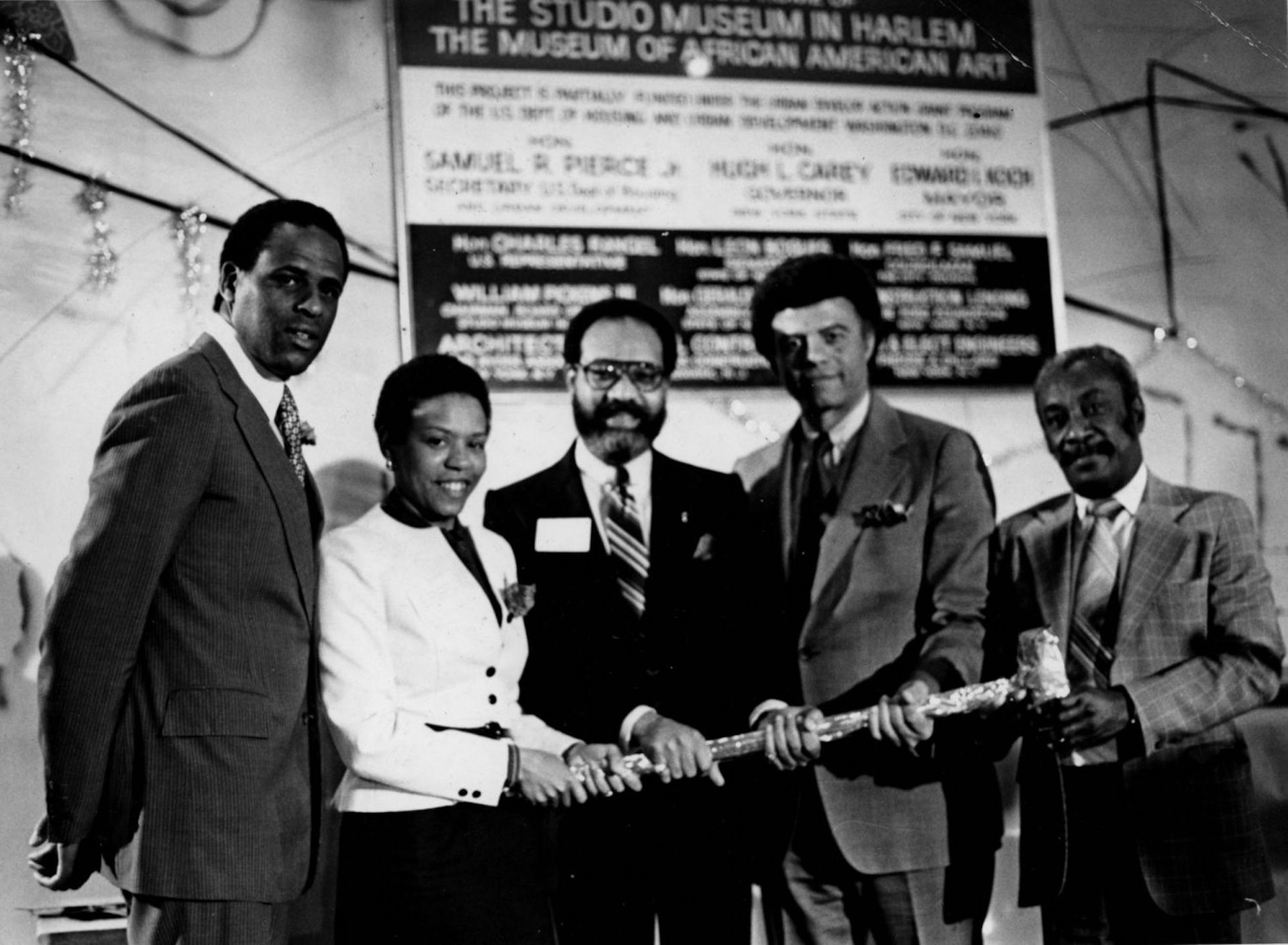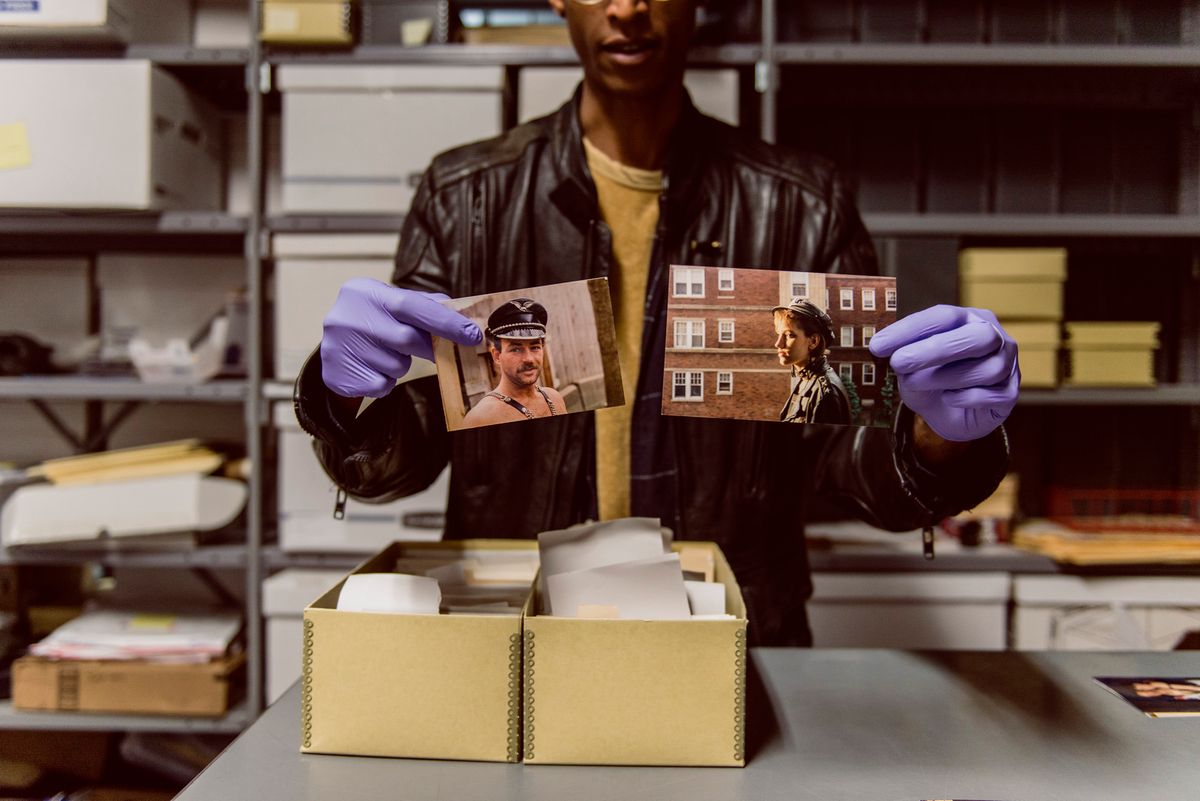The Hauser & Wirth Institute, the nonprofit foundation whose board of directors includes Hauser & Wirth presidents Iwan Wirth and Marc Payot, has pledged $700,000 to support archival projects at organisations big and small, and efforts to diversify the archival field via a scholarship programme at Brooklyn’s Pratt Institute arts university. Though underwriting archival efforts rarely commands as much attention as other art world philanthropy, such as funding eight- and nine-figure expansion projects, it can have a far more expansive effect in terms of preserving the art historical record and expanding the canon.
“One of the things we’re trying to do is set a new precedent for models of philanthropy in art, because I don’t think anyone in the art world is doing this, and having talked to archival institutions, really what people need is money to process archives and digitise them,” says Lisa Darms, the executive director of Hauser & Wirth Institute. “It’s massive amounts of materials, but it’s not a very sexy thing to fund right now, so we thought, let’s make a major gift that really shows that, yes, you could endow the wing of a museum, or you could help preserve the historical record into the future.”
The institute’s newly announced grants—$360,000 for the Studio Museum in Harlem and $280,000 for Pratt—follow $60,000 that it granted to three smaller organisations in support of archival projects last year. Those included $25,000 for the Asia Art Archive (AAA) to process and digitise the archive of Pakistani modernist Zahoor ul Akhlaq, $10,000 to the YVR Art Foundation in British Columbia, which supports Indigenous artists in western Canada, and $25,000 for the Chicago-based arts publication and archive Sixty Inches From Center.
“Sixty is a collectively run organisation with distributed leadership, so having full transparency and being intentional about creating ways to share organisational knowledge guides everything we do,” says Tempestt Hazel, the executive director of Sixty Inches From Center, which will put part of the grant money towards a book documenting a year-long residency it organises pairing an artist with an archive to conduct deep research and produce new works in response. “Our approach to this book, and all our work, is to mitigate the kind of vulnerability that comes with institutional knowledge being held by one person or few people—which is how hierarchical structures are often designed.“
John Tain, the head of research at the AAA, says the grant “has enabled us to bring onboard a dedicated team in Lahore that we can work with remotely, sharing our knowledge and tools, while they work with material on-site, and help us make the Zahoor ul Akhlaq archive available to the public”. He adds that Zahoor’s archive is invaluable due to his years spent teaching at the National College of Art in Lahore—where his pupils included renowned contemporary artists Imran Qureshi and Shahzia Sikander—and because he came of age not long after the founding of Pakistan. He was involved in efforts “to establish a postcolonial artistic culture that made possible renewed interest in the local traditions of the past without giving up their claim of relevance to a more global contemporaneity”.

Groundbreaking for The Studio Museum in Harlem at 144 West 125th
Street, 1981, with (left to right) Carl McCall, Mary Schmidt Campbell, Arthur Barnes, Robert Carroll and Fred Samuel Courtesy The Studio
Museum in Harlem
The $360,000 for the Studio Museum will help the institution’s efforts to digitise its archives over three years, while the $280,000 for Pratt will fund full tuition for two students from diverse or underrepresented communities entering the school’s three-year joint programme in the history of art and design and library and information science.
Beyond its grants, Hauser & Wirth Institute is seeking to promote better archival practices in general across the art world. It offers a suite of resources tailored to various archival needs on its website and has recently partnered with the UK-based Art360 Foundation to launch the Expanded Archives Network, which aims to educate and support archivists and curators through public programmes and workshops.
“We’re looking to focus on supporting local communities while also trying to have a broader network globally and make more connections with archives professionals around the world,” Darms says. “So the Expanded Archives Network is an attempt to create these networks and collaborations across the oceans and cross borders.”
The institute’s own archival endeavours include processing and digitising the archives of the artists Mary Henry and Jason Rhoades, and online catalogue raisonnés of Eva Hesse’s works on paper and Franz Kline’s paintings.


